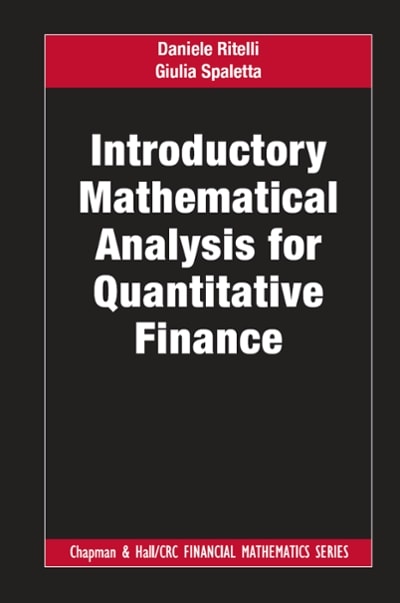Question
Helper or hinderer An investigation reported in the November 2007 issue of Nature (Hamlin, Wynn, and Bloom) aimed at assessing whether infants take into account
Helper or hinderer
An investigation reported in the November 2007 issue ofNature(Hamlin, Wynn, and Bloom) aimed at assessing whether infants take into account an individual's actions towards others in evaluating that individual as appealing or aversive, perhaps laying the foundation for social interaction. In one component of the study, each of sixteen 10-month-old healthy infants (in New England) were shown a "climber" character (a piece of wood with "Google" eyes glued onto it) that could not make it up a hill in two tries. Then they were shown two scenarios for the climber's next try, one where the climber was pushed to the top of the hill by another character ("helper") and one where the climber was pushed back down the hill by another character ("hinderer"). Each infant was alternately shown these two scenarios many times. Then the child was presented with both pieces of wood (the "helper" and the "hinderer") and asked to pick one to play with. In the study 14 out of the 16 babies picked the "helper" toy. Does this provide evidence that such 10-month-old infants have agenuine preferencefor the helper toy? Use anappletto generate the null distribution of the proportion of "successes." Determine the standardized statistic for the observed sample proportion of "successes." Show your work.(Round answer to 0 decimal places, e.g. 5275.)
Step by Step Solution
There are 3 Steps involved in it
Step: 1

Get Instant Access to Expert-Tailored Solutions
See step-by-step solutions with expert insights and AI powered tools for academic success
Step: 2

Step: 3

Ace Your Homework with AI
Get the answers you need in no time with our AI-driven, step-by-step assistance
Get Started


